Rover faced an uphill battle when it re-entered the market in 2001. While it had been a well-respected brand back in the 1950s and ’60s it had disappeared from the local landscape when the British motor industry began to implode in the 1970s and by the time it returned in 2001 the Japanese had hijacked the market.
In its heyday Rover was a prestige brand positioned just below luxury makes like Jaguar. They were solid and reliable, but conservative cars, with lashings of leather and walnut. In their homeland they were known as the cars bought by bank managers and accountants.
When the brand returned to the market those who remembered it from the good old days were either dead or had handed their license in. In effect Rover had to start all over again from scratch, never an easy thing to do.
The market that history said should have been Rover’s had in its absence been taken by the likes of BMW, VW, Audi and Lexus.
It was a very crowded market and in reality Rover had little to offer that the others didn’t, and ultimately there was little reason to buy it.
In the end it was trouble at Rover’s British headquarters that caused its demise, but it had little chance of survival from the beginning.
MODEL WATCH
With a price tag in the $50-$60,000 bracket at launch the Rover 75 was in its natural environment, but instead of being a dominant player in the prestige segment it was trying to claw its way in after an absence of many years.
In its absence the market had gone through a significant change and the prestige segment had become a particularly congested one with the likes of BMW, VW, Audi, Lexus, Saab, Jaguar, Volvo and ‘Benz all scrapping for a share. It didn’t matter how good the Rover 75 was it was always going to struggle.
It went beyond the car itself. There were questions about the reliability and competence of the dealer network, the ability of the factory to supply parts, and there was the instability of the company back in its homeland.
There were plenty ready to knock the Rover on its arrival. They were ready, even eager, to remind everyone that it was British, that the British industry had won a reputation for its inability to build quality cars, and that it was locked in a time warp.
To gain the respect of the critics the 75 had to offer something the others didn’t, it had to be better.
First impressions were that it wasn’t better than the class leaders, and in some respects it trailed them.
The 75 was a conventional mid-sized front-wheel drive sedan or wagon with a cross-mounted V6 engine.
It was a rather plump looking car with generously rounded proportions that made it look a little portly alongside its main rivals that all had finely chiseled lines.
The critics quickly found a reason to criticize the 75 in its rather cramped interior, particularly in the rear. But there was also reason to like the interior with its club-like padded trim, generous use of leather, and the traditional wood grain dash and trim.
Spend time with the 75 and there was every chance you would ultimately come to like it.
The seats were quite shapely and supportive, and afforded a comfortable ride along with the convenience of power adjustment.
Traditionally styled cream dials were a nice touch, and easy to read compared to many of the over-styled instruments in other contemporary cars.
Under the bonnet lay a 2.5-litre double overhead camshaft V6, which was content to amble along at low speed, but which would burst into life when the driver’s foot was buried in the carpet.
When the throttle was opened the 75 became quite an eager performer, able to reach 100 km/h in 10.5 seconds, and sprint 400 metres in 17.5 seconds.
Rover offered the choice of five-speed auto and five-speed manual gearboxes and both were of a sporting mind to suit the spirited V6.
Impressive body stiffness underpinned the 75’s handling provided a stable foundation for an agile and responsive chassis. When pressed it turned in accurately and maintained its line through corners with an impressive balance and poise.
Even with the handling the 75 never forgot its roots and the ride was comfortable and absorbent, much as you would expect from a Rover.
At launch it was the Club that provided the way in for prospective 75 owners. It came loaded with leather trim, adjustable steering column, walnut dash, a full array of dials, six-stacker CD sound system with eight speakers and steering wheel controls, air, cruise, alarm and remote central locking.
Next step up for members was the Club SE, which also boasted sat-nav, rear parking sensors and wood trim on the steering wheel and shift knob.
From there it was into the Connoisseur that had power front seats with heating and memory, power sunroof, chrome door handles and front fog lamps.
The Connoisseur SE received special trim colours, CD-based sat-nav systems and walnut rimmed steering wheel and gearshift knob insert.
A revamp to the range in 2003 saw the Club replaced by the Classic and the introduction of a 2.0-litre diesel engine.
IN THE SHOP
Despite the skepticism it was greeted with the Rover 75 arrived here with a higher level of build quality than expected and has proven to be quite reliable overall.
They’re still relatively young in used car terms with the earliest ones around or approaching the 100,000 km mark so there is little to report on deep-seated problems.
The engine has a belt driving the camshafts so look for records showing replacement if a car has exceeded 150,000 km. Otherwise look for confirmation of regular oil and filter changes.
Make the usual checks for body damage that might indicate a crash some time in the past.
Former Rover dealers are still carrying out servicing and know the cars intimately so there is knowledge of them in the trade even though the brand has left the market.
Parts are also available locally and overseas if needed. If in doubt contact the Rover club for more information.
IN A CRASH
The 75 is fundamentally sound with an agile chassis and powerful four-wheel disc brakes aided by ABS antiskid stoppers.
Front and side airbags provide protection in a crash.
AT THE PUMP
Road tests at the time of launch reported the 75 would return around 10.5 L/100 km, but owners suggest it’s a little better than that. Expect 9.5-10.5 L/100 km on average around town.
OWNERS SAY
Graeme Oxley bought a 2001 Rover 75 Connoisseur in 2005 with 77,000 km on the clock. It’s now done 142,000 km and in that time the only problem he’s had is a minor glitch with the traction control. He has had the car serviced as per the factory schedule and says parts are not a problem to get from England if they’re not available in Australia. As far as he’s concerned the Rover 75 is a stylish looker and fun to drive, and he would not hesitate to recommend it as a daily driver. It’s also quite economical with his average fuel consumption around 9.5 L/100 km.
LOOK FOR
• Plump styling
• Cosy interior
• Very British trim and fittings
• Agile handling
• Spirited performance
• Parts still available
THE BOTTOM LINE
Gone but not forgotten, the 75 brought a touch of British class to the local market.
RATING
70/100
Rover 75 2001: Club
| Engine Type | V6, 2.5L |
|---|---|
| Fuel Type | Premium Unleaded Petrol |
| Fuel Efficiency | 11.0L/100km (combined) |
| Seating | 5 |
| Price From | $3,190 - $4,950 |






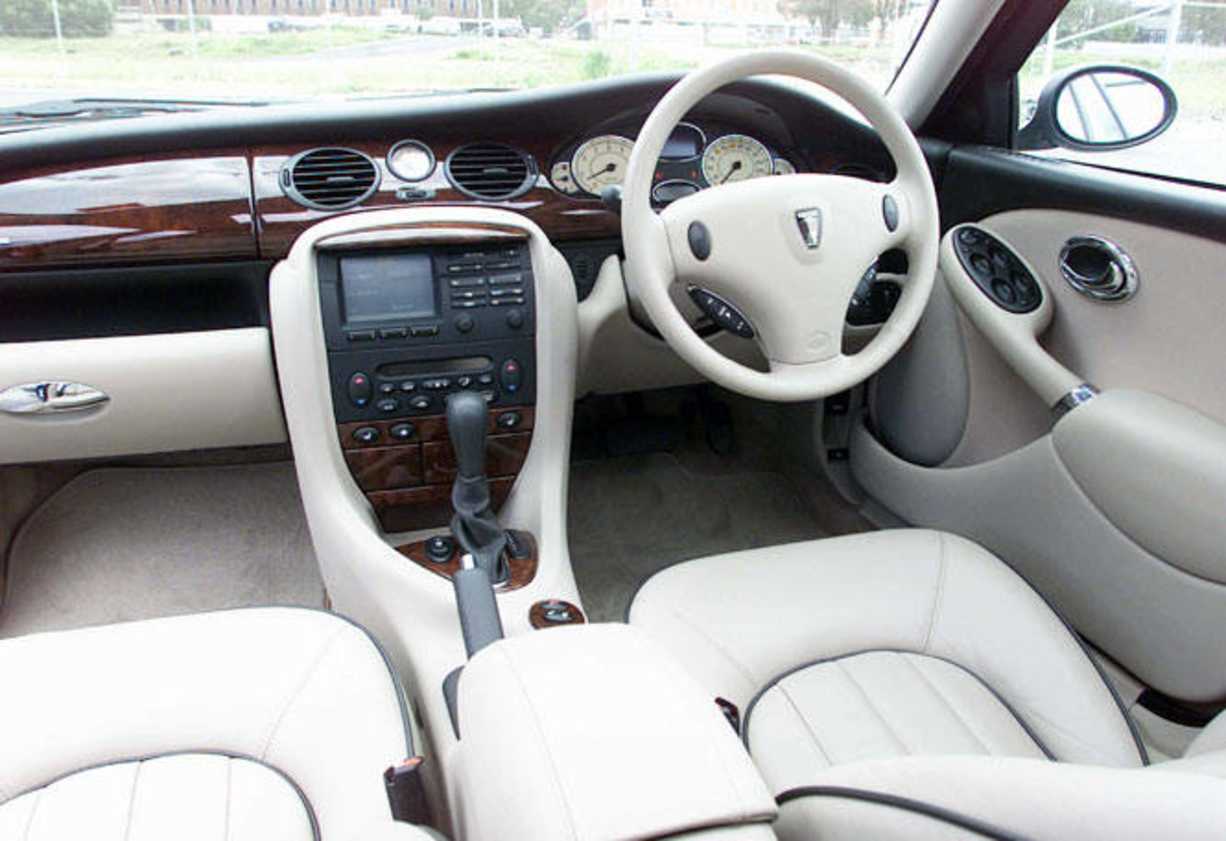
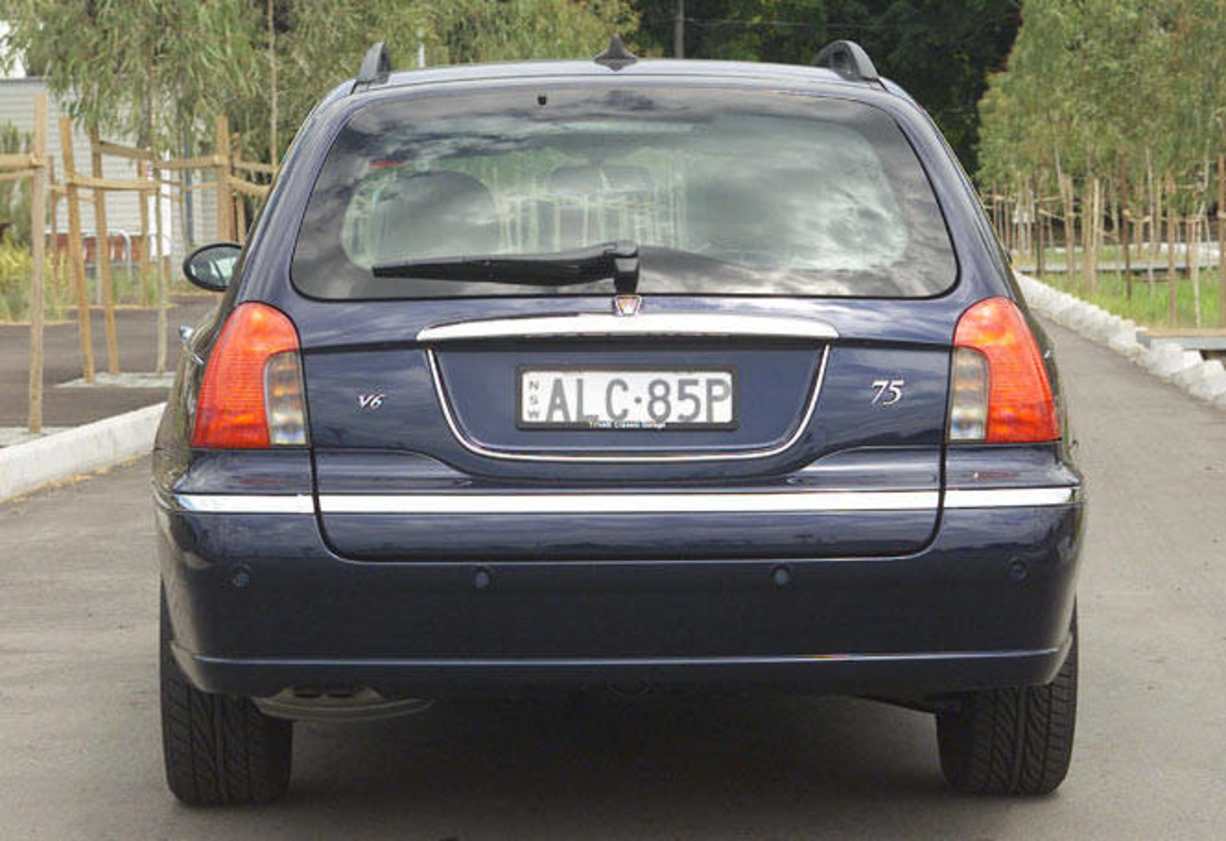
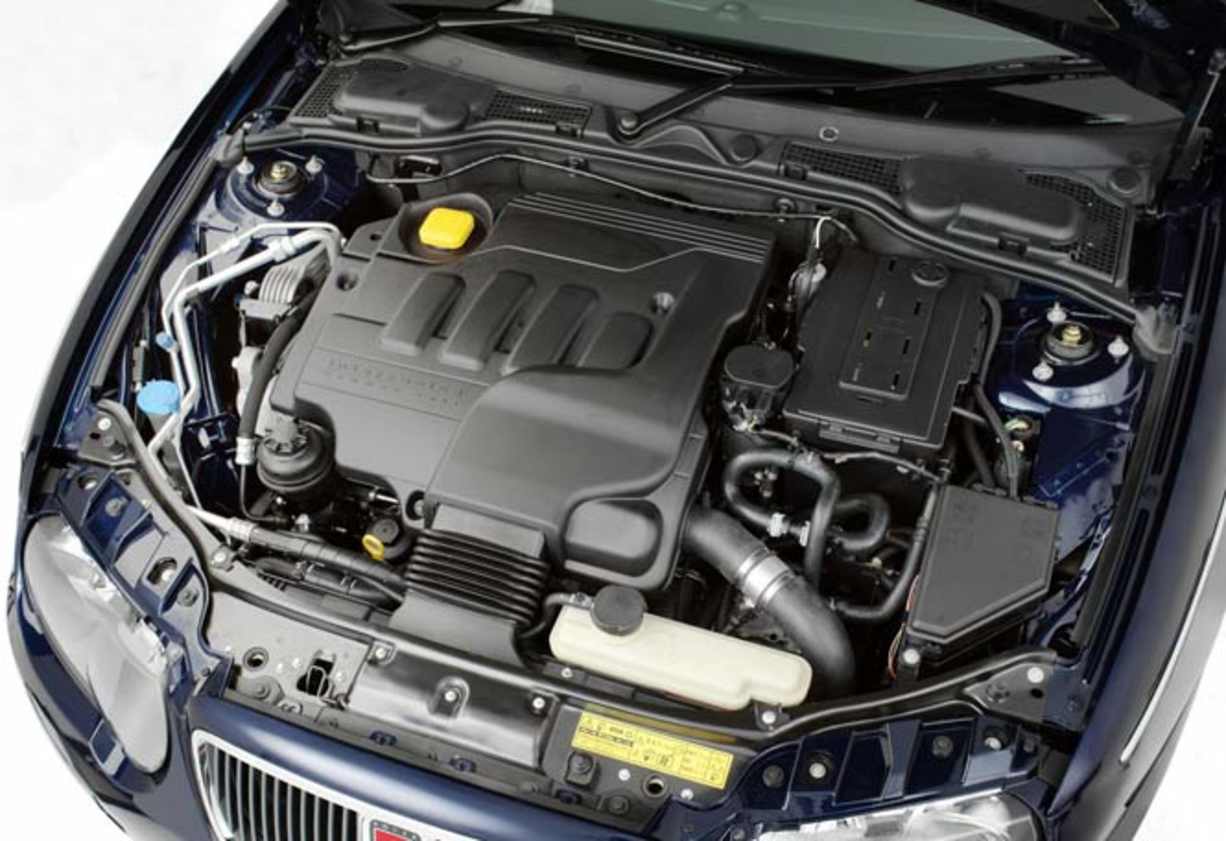
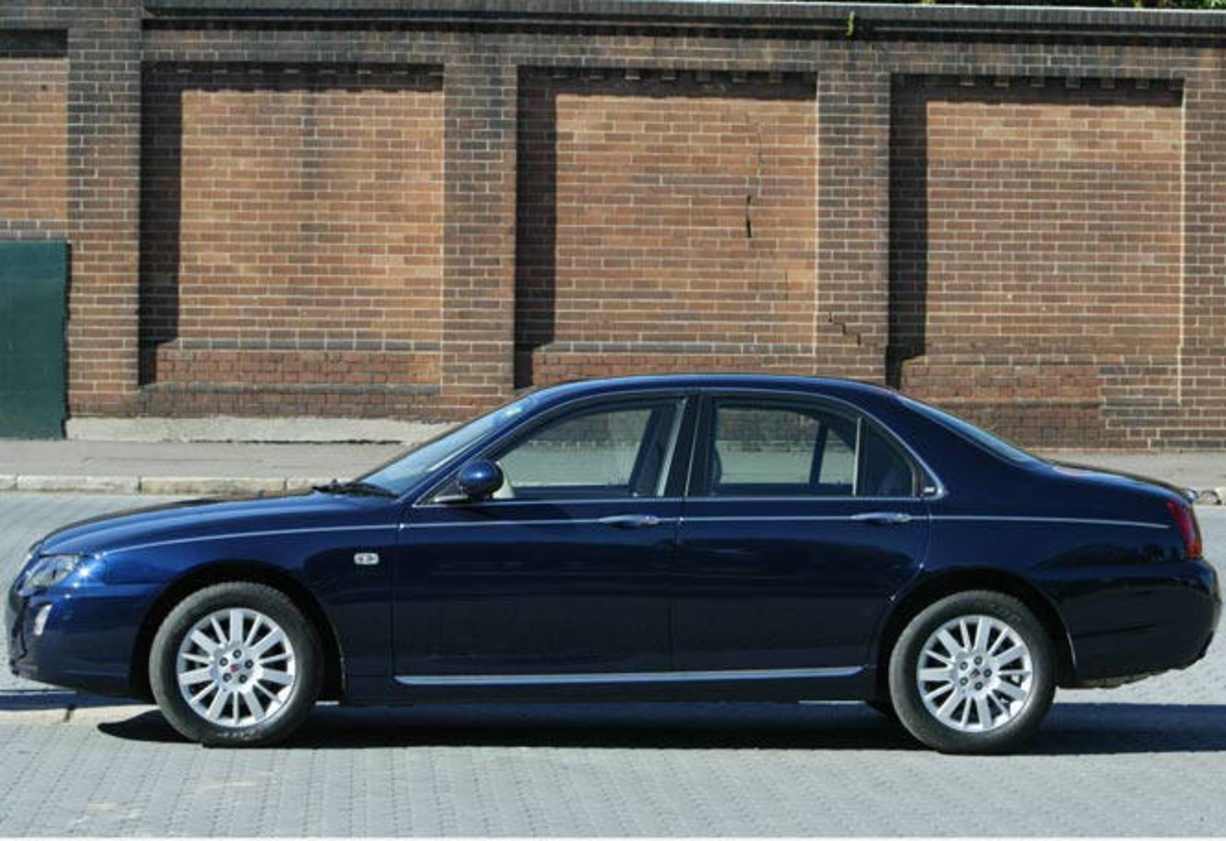
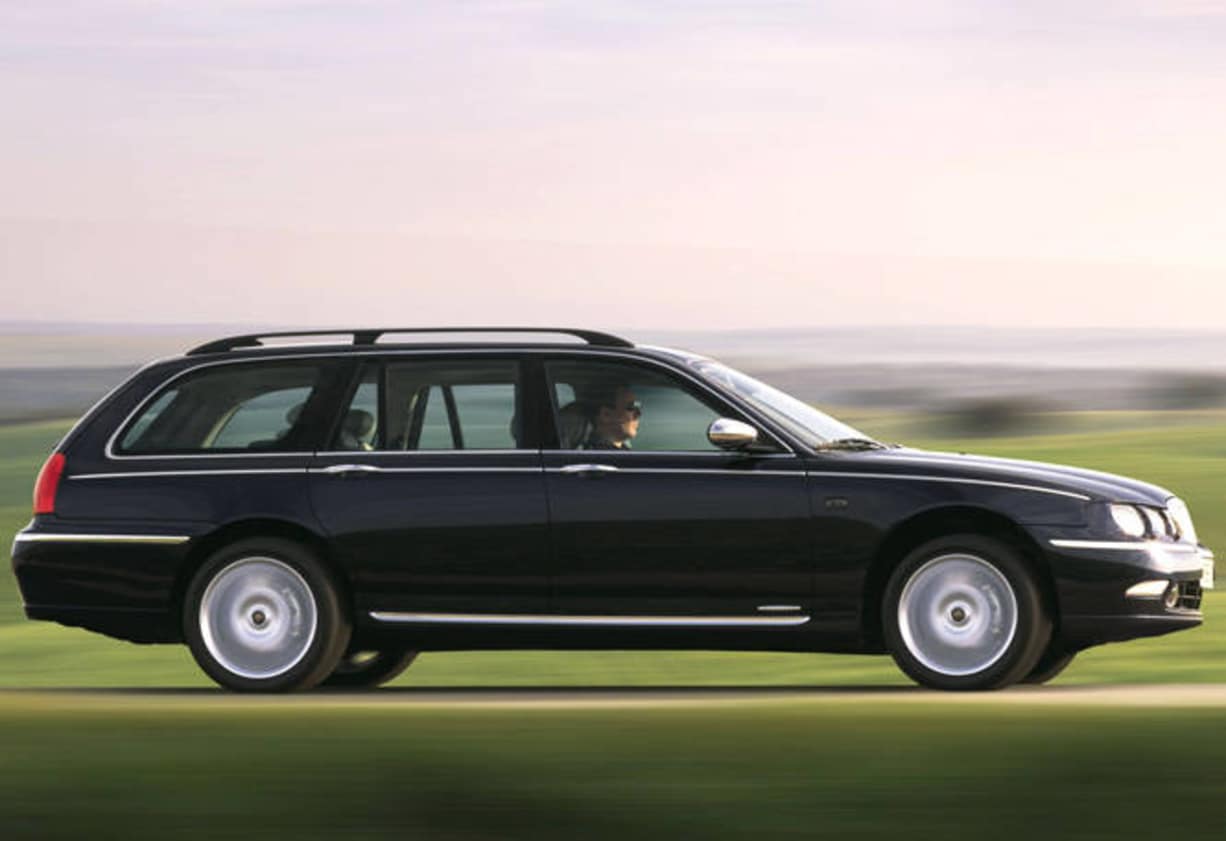
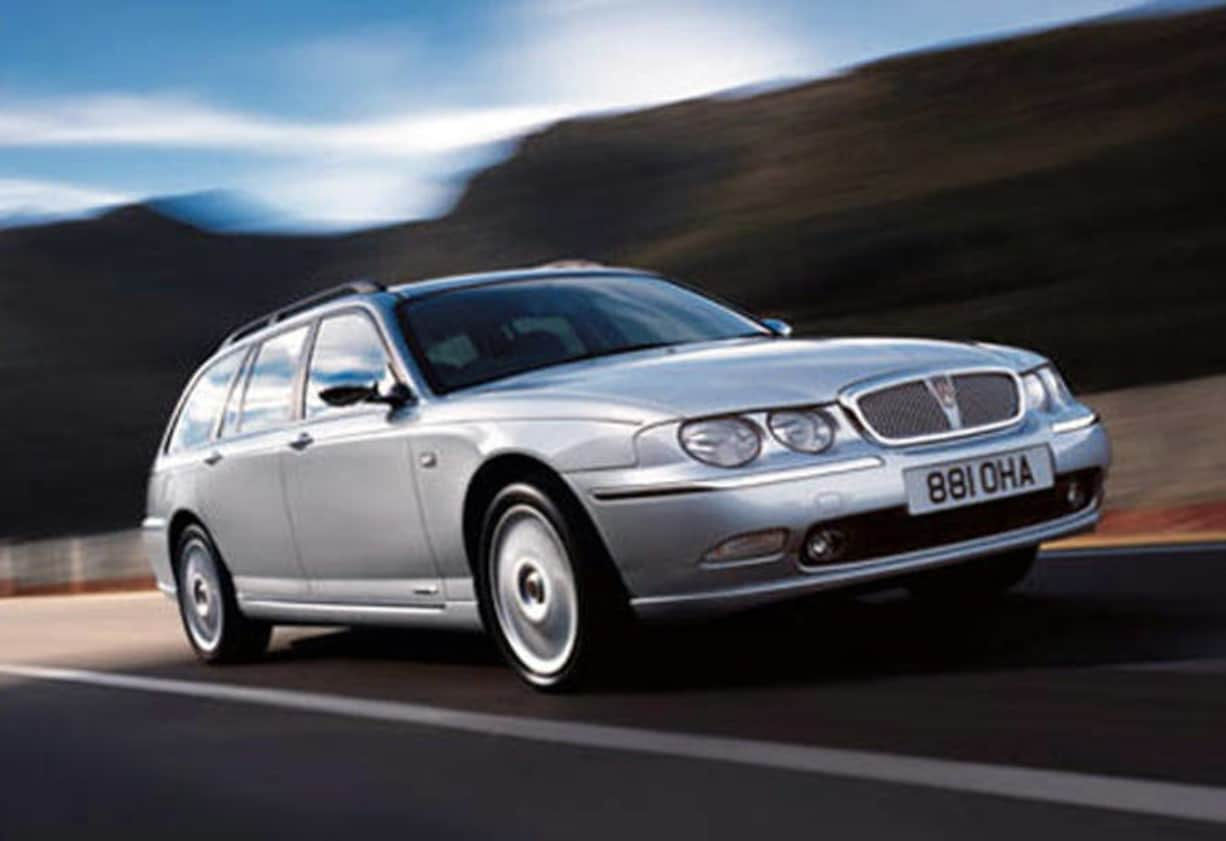
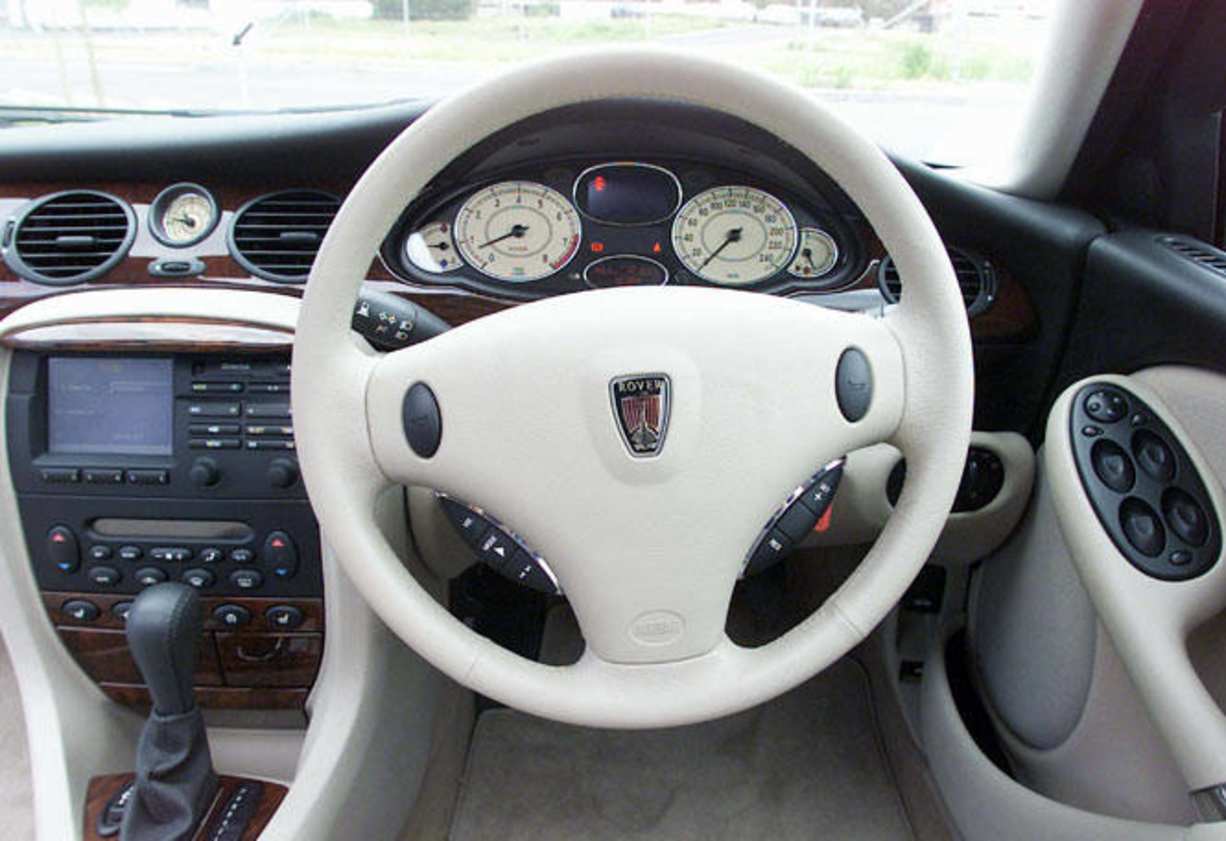
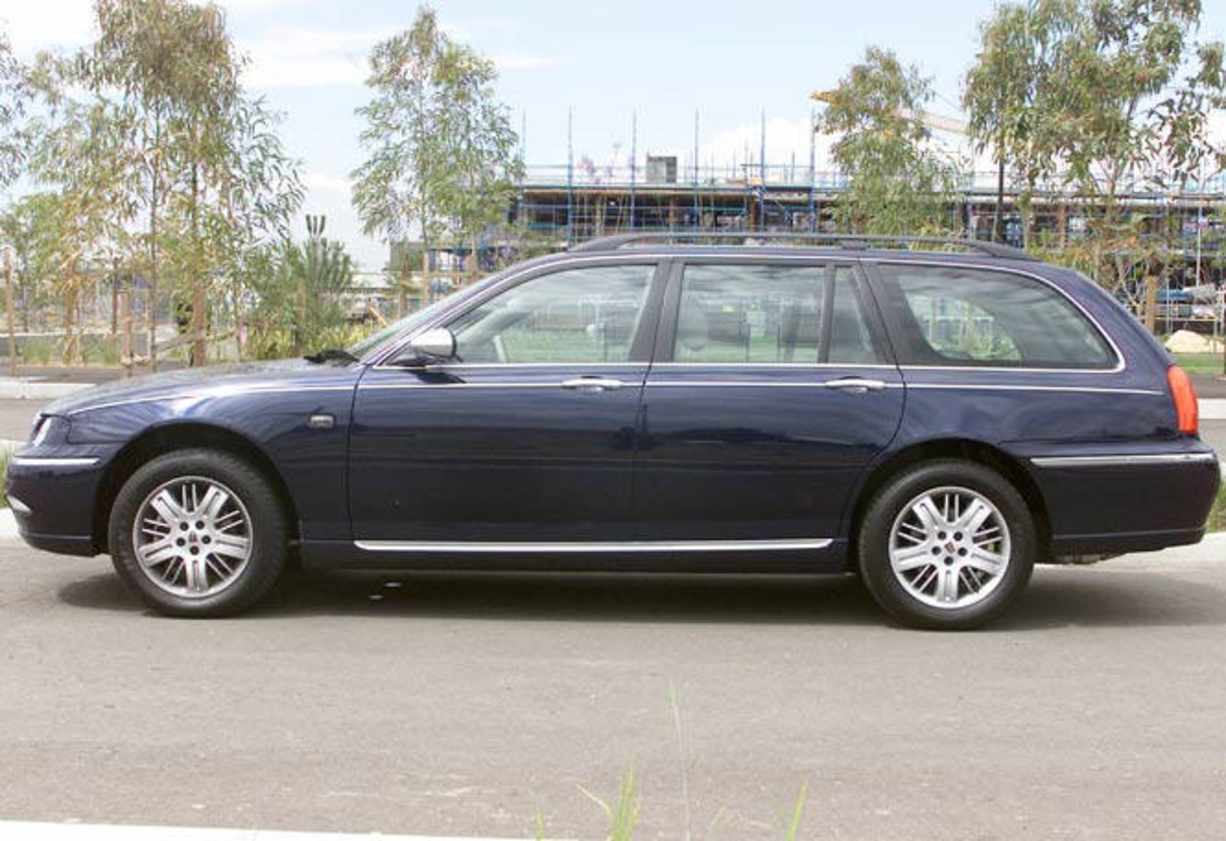
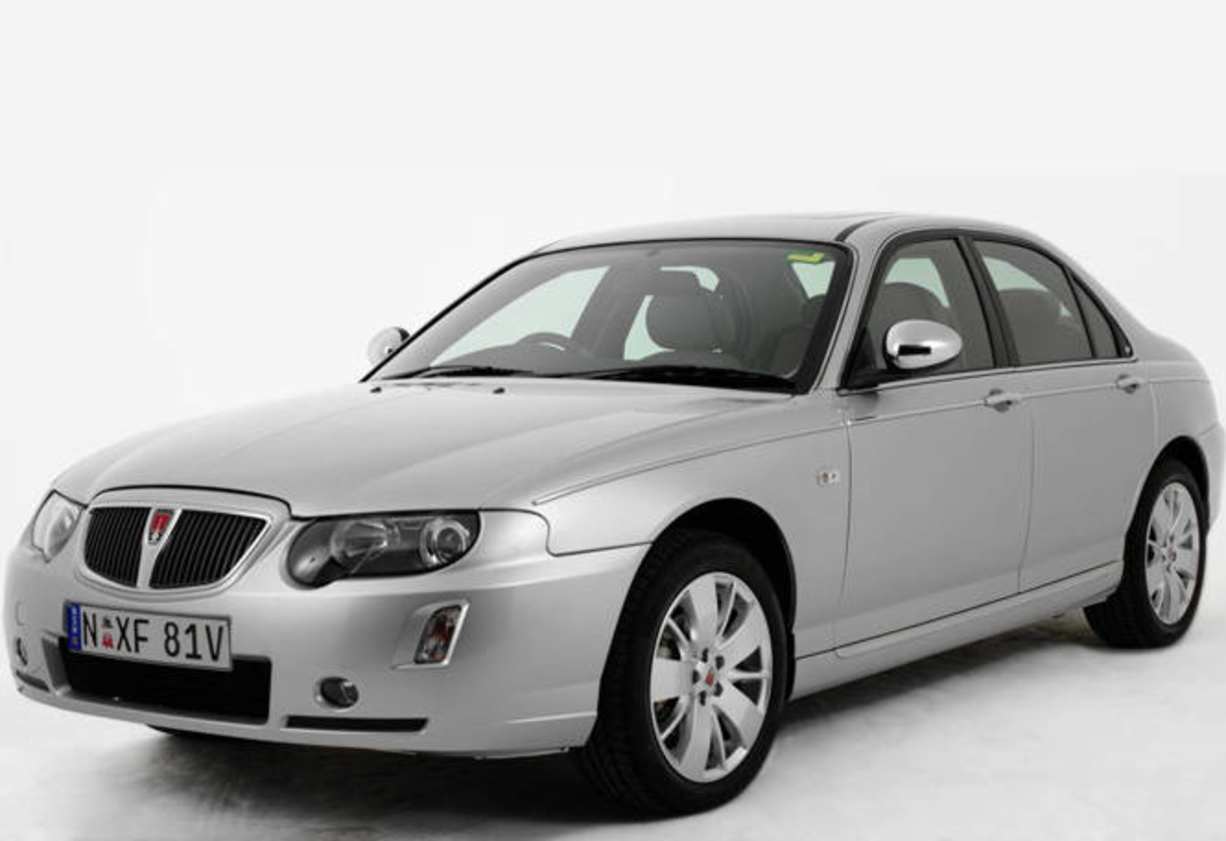
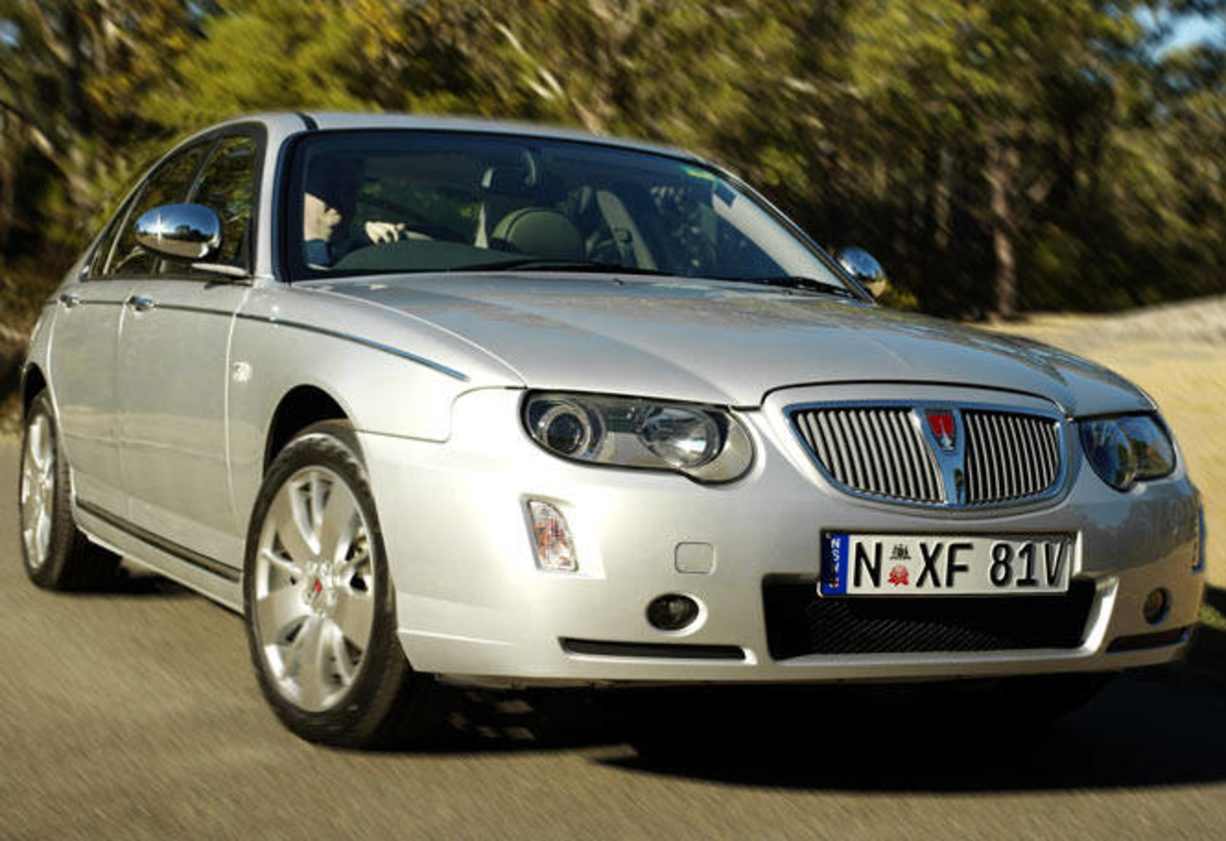
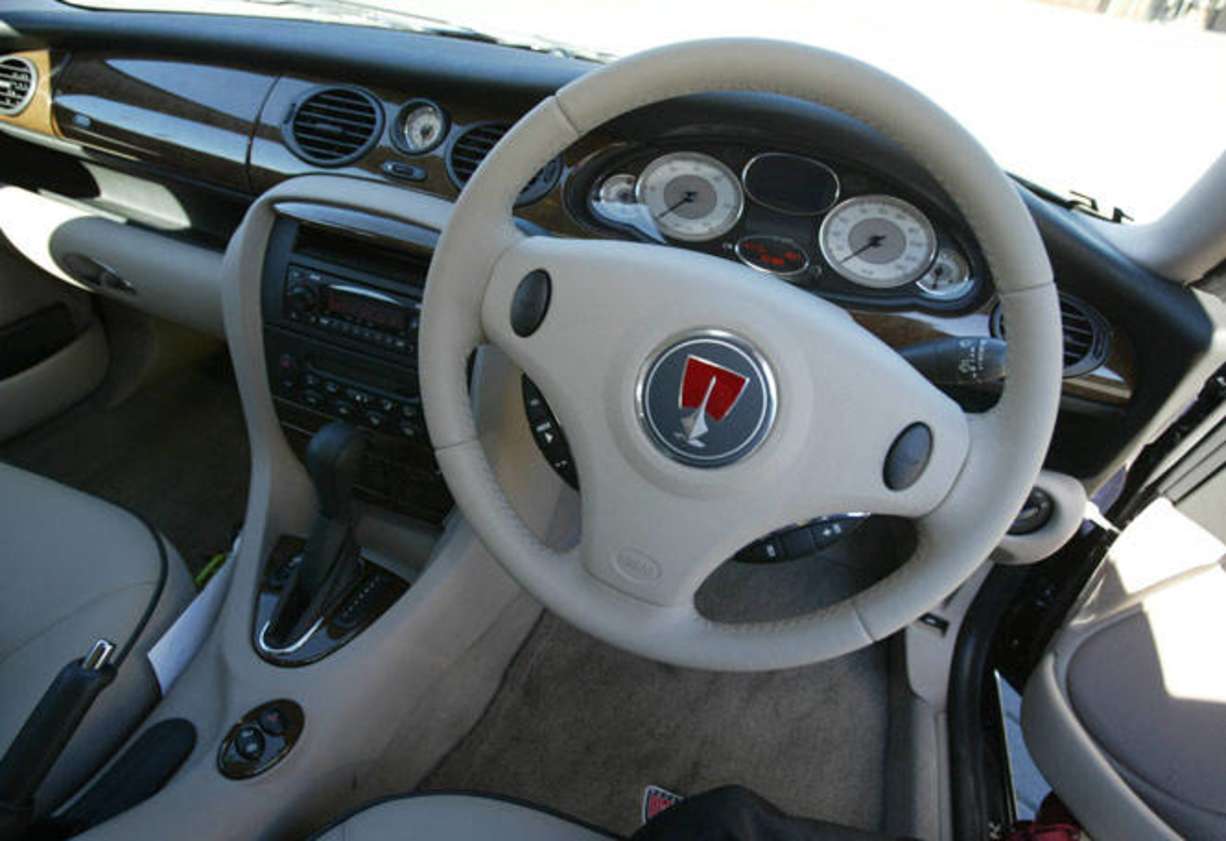
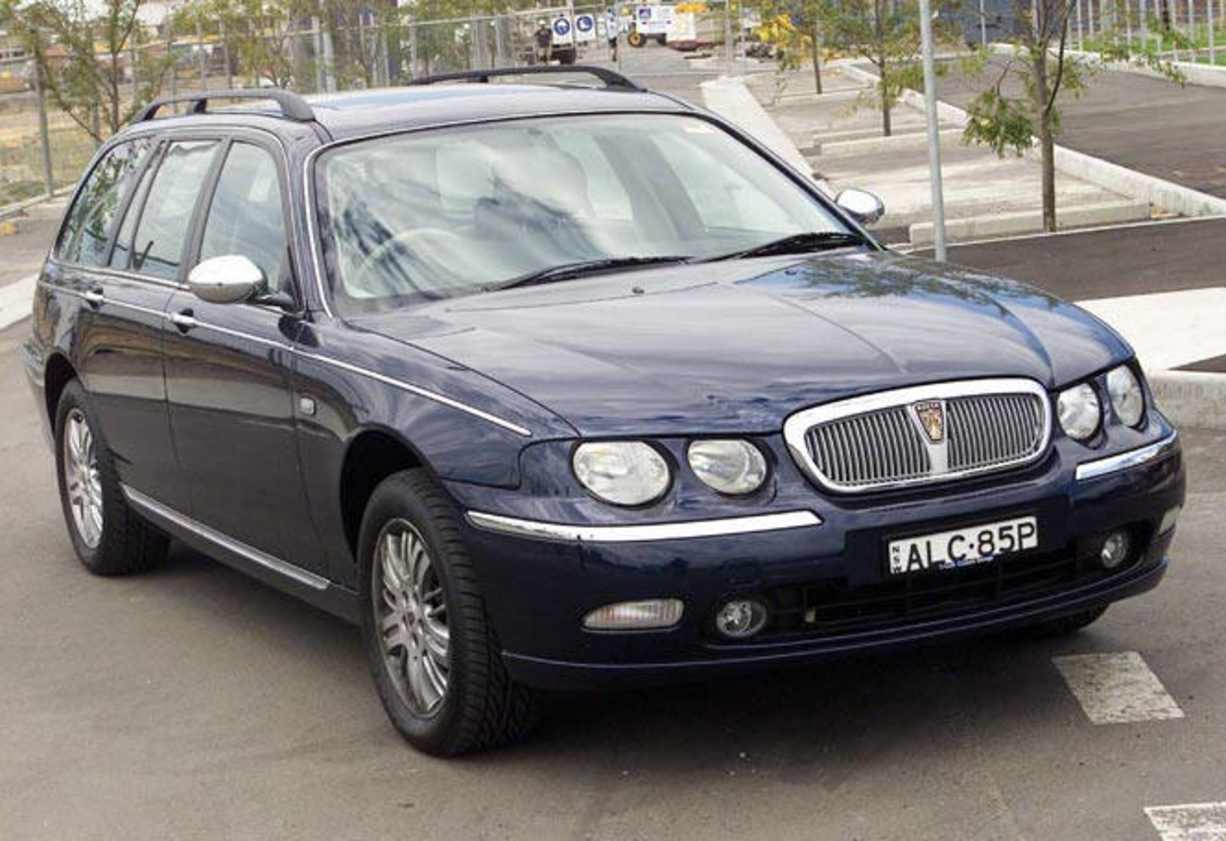
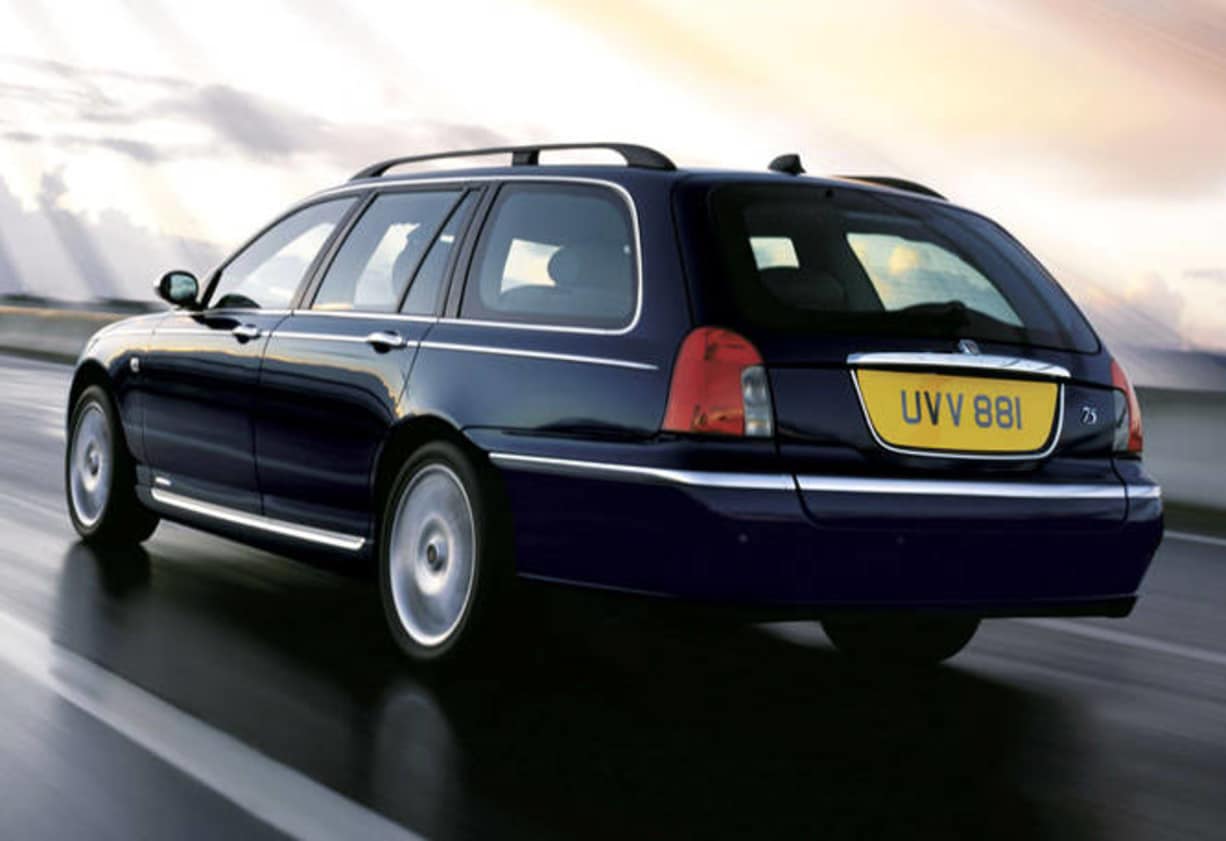
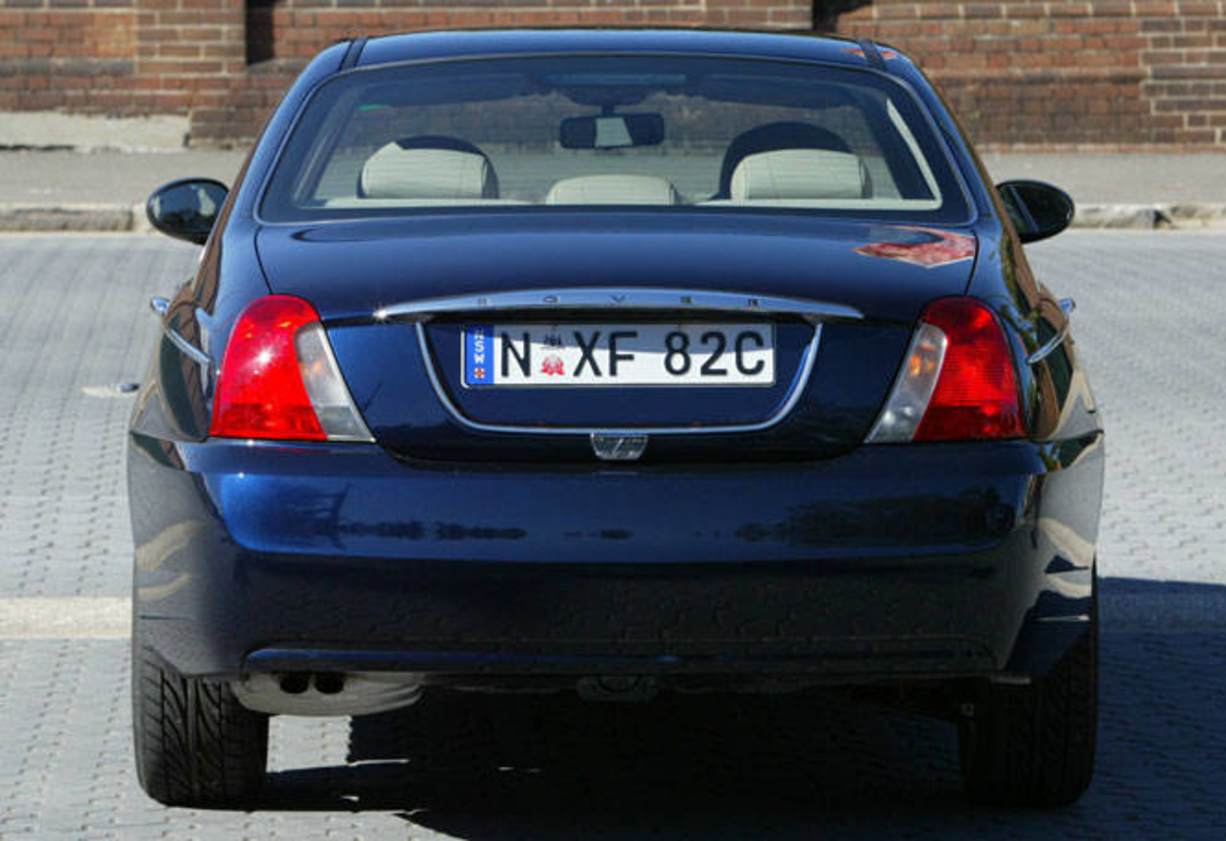
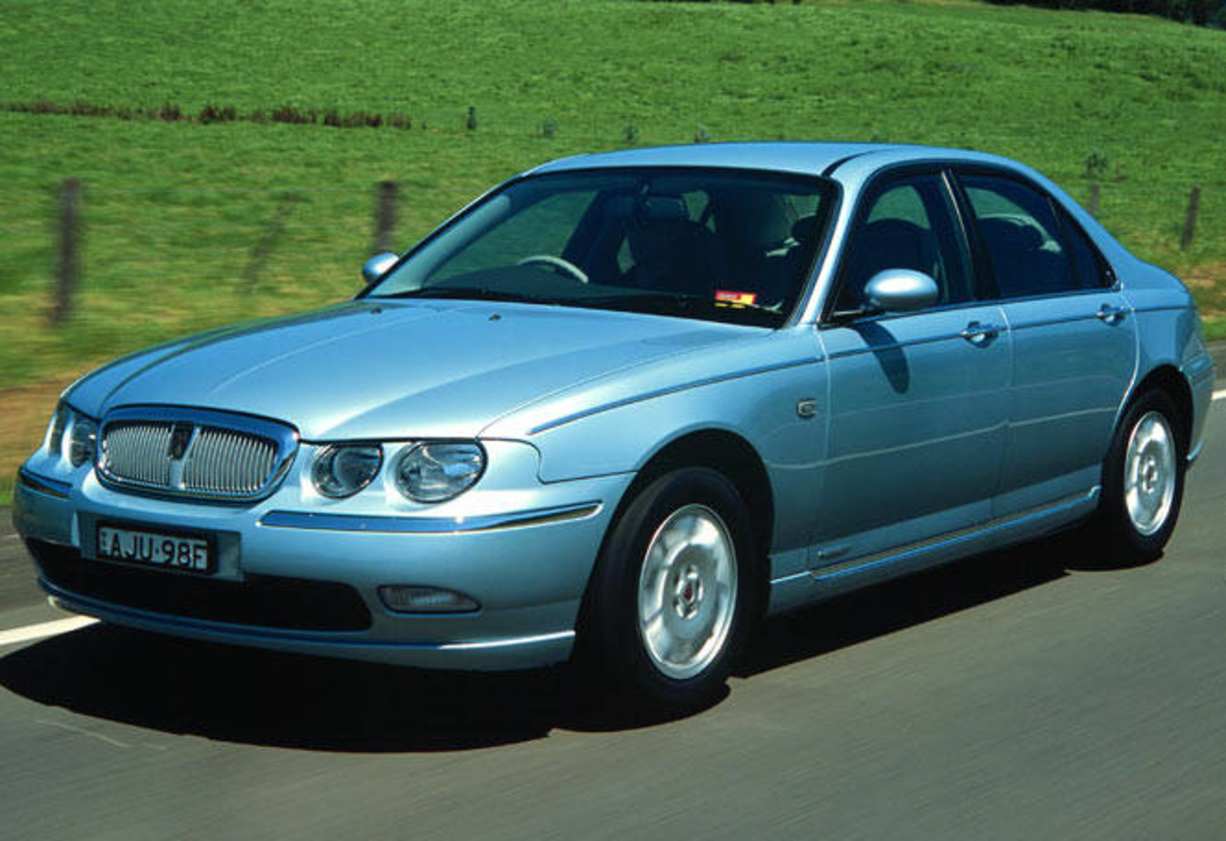
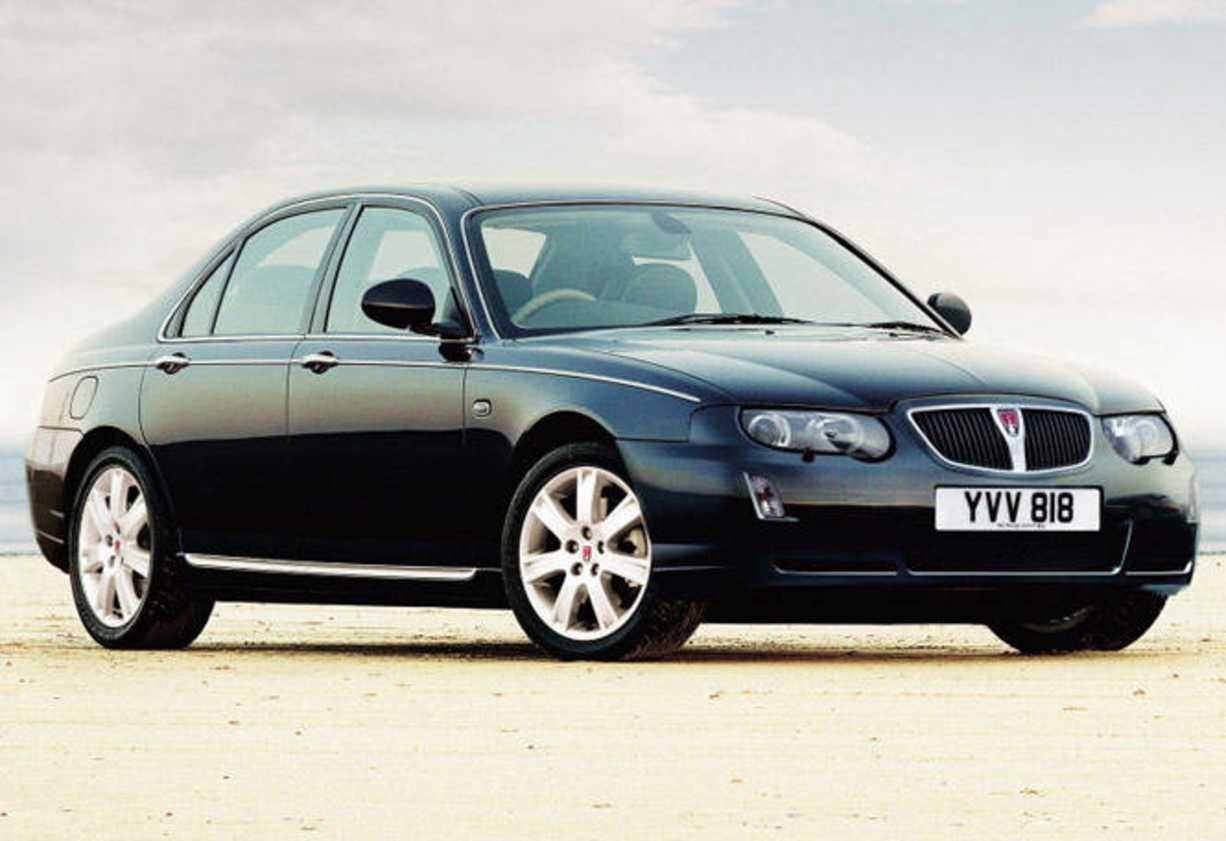

























.jpg)

.jpg)













.png)

.jpg)

.jpg)
.jpg)